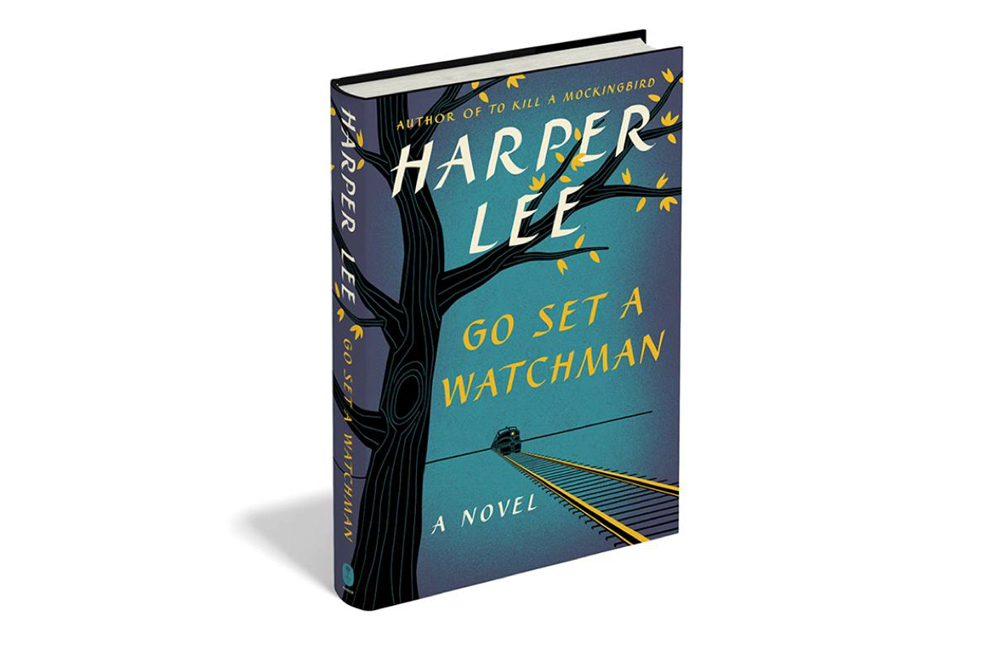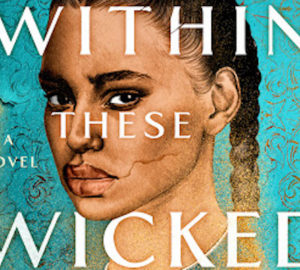‘Go Set a Watchman’: A disappointment more than five decades in the making

Note: The following review contains spoilers for “Go Set a Watchman.”
The announcement that the reclusive, one-hit-wonder author Harper Lee was releasing a second novel featuring the beloved world and characters from her nationally acclaimed book “To Kill a Mockingbird” had readers on the edge of their seats for months. However, what is claimed to be the parent novel of a Southern classic ultimately falls short on character, point of view and plot.
Lee first wrote “Go Set a Watchman” and then revised the novel to create “To Kill a Mockingbird” after receiving advice from a publisher to rewrite Jean Louise “Scout” Finch as a child. Some critics argue that if readers were to consider “Go Set a Watchman” a separate book altogether from “To Kill a Mockingbird” that it stands up better, but how can we return to reading about Atticus and Jean Louise Finch without ignoring the frame of reference every high school student in the country has had pummeled into them since the 1960s? It would be like discovering the long-lost sequel to “Romeo and Juliet” and being asked to mentally obstruct any previous knowledge of the star-crossed lovers — utterly ridiculous.
“Go Set a Watchman” tells the story of 26-year-old Jean Louise Finch who has been living happily in New York for several years and decides to return home to Maycomb, Ala. for two weeks to visit her 70-year-old father Atticus. What Jean Louise discovers when she returns home however, is the unnatural racial tension between the black and white civilians due to the stirring up of the NAACP and the civil rights movement in the south.
Readers will be shocked to learn what has become of some of American literature’s most cherished characters. For one thing, Lee killed Jem, writing that he planned to follow in his father’s footsteps and become a hotshot lawyer until he had a heart attack on the courthouse steps in his early 20s. Dill, the childhood playmate of Jem and Jean Louise, is mentioned once as going off to explore Europe, Calpurnia quit her job and will have nothing more to do with the Finches and the famous Tom Robinson trial is never mentioned, nor is Boo Radley. A new character Henry is introduced as Jean Louise’s teenage friend/crush and Atticus’ apprentice, but is spineless because he won’t stand up for racial equality for fear of losing his social standing and, as far as I’m concerned, is dismissible.
But perhaps the hardest blow to Jean Louise and to the reader is the shocking reveal that Atticus has been using his legal standing to prevent black people from attaining full citizenship as he refers to them as “Negros [sic] … still in their childhood as a people.” In “To Kill a Mockingbird” Jean Louise looks up to her father as a man before his time who treats everyone like equals, no matter their skin color; but in “Go Set a Watchman” it turns out that she is alone in her color-blindness.
The reason for Atticus’ changed behavior, according to Jean Louise’s aunt and uncle, is that she had idolized her father for too long and needed to see him as human in order to form her own opinions and become her own person. This can be seen as a reasonable plot point as we all idolize our parents as children and then grow up to see their flaws. But the fact that readers have idolized Atticus Finch, a seemingly calm source of love and equality in the face of racial bigotry, for 55 years only to strip him down to another white supremacist seems like a slap in the face. With the bulk of the novel focusing on father-daughter disagreements, Lee barely offers any insight into the civil rights movement other than the fierce hatred between black people and their uppity white counterparts. The only dim hope Lee provides at the end of the novel is that maybe a new generation of people like Jean Louise Finch can achieve racial justice. But with tragedies like the shooting of Trayvon Martin in 2012 and the Baltimore riots this past spring, Lee’s message isn’t showing any signs of coming to pass.
In addition, her cluttered writing and garrulous dialogue also detract from character and historical plot development. The novel jumps back and forth rather jarringly in point of view and time as Jean Louise recalls some choice moments from her awkward adolescence, such as the day she got her first period and thought she was dying only to have Atticus ask Calpurnia, the maid, to teach her about what the townspeople call “the curse of womanhood.” Jean Louise apparently had a rough time transitioning from tomboy to young woman, but she still isn’t afraid to speak her mind and challenge society with her idea of what it means to be a strong, independent woman.
All in all, Lee’s “Go Set a Watchman” illustrates the true coming-of-age story of Jean Louise Finch as she, and readers everywhere, are forced to forget everything they were taught in “To Kill a Mockingbird” and reckon with issues like racial inequality on their own terms.



























